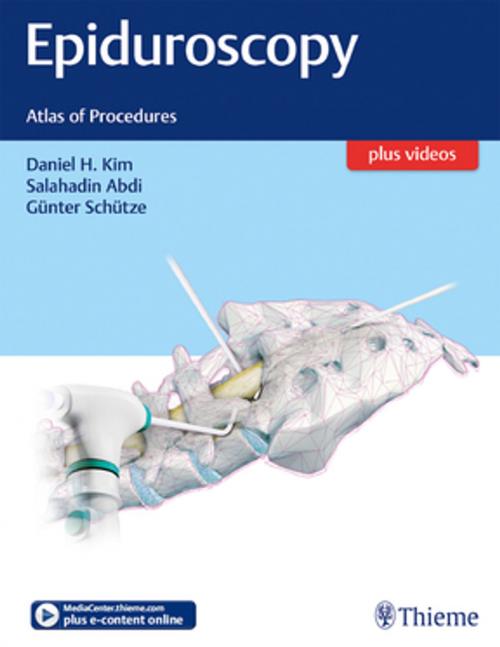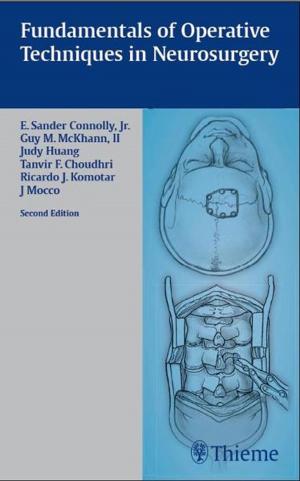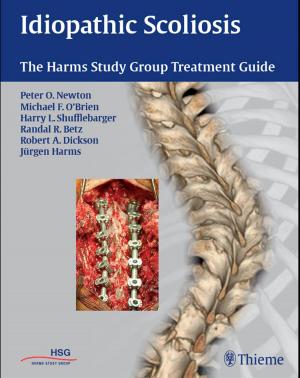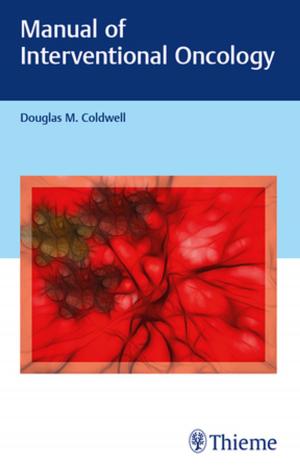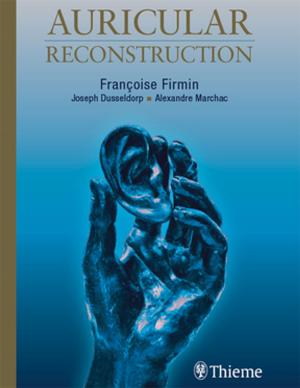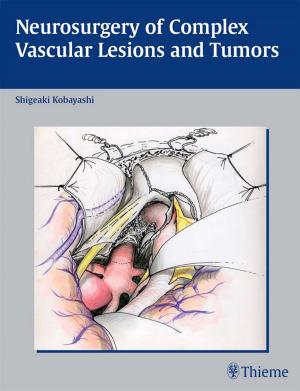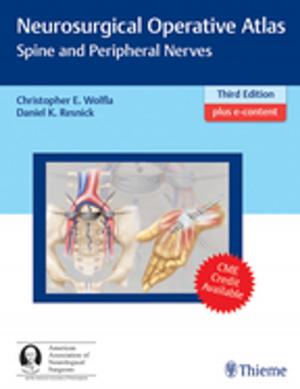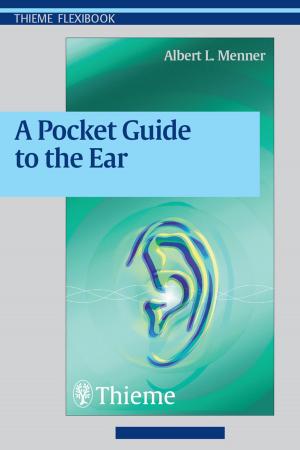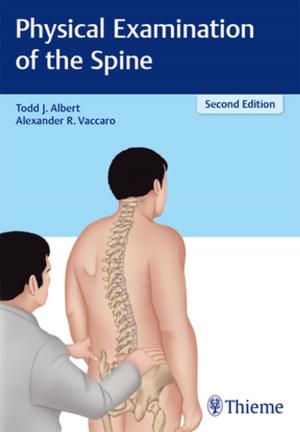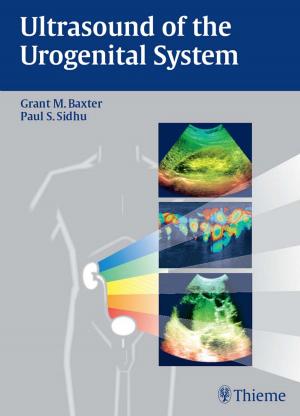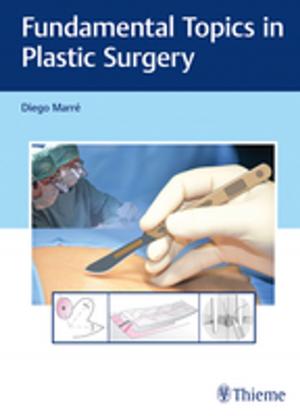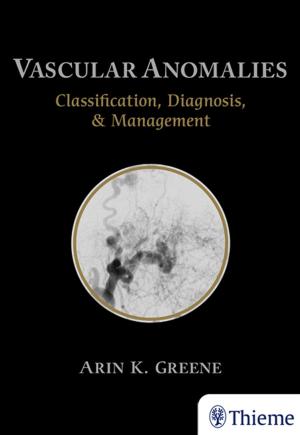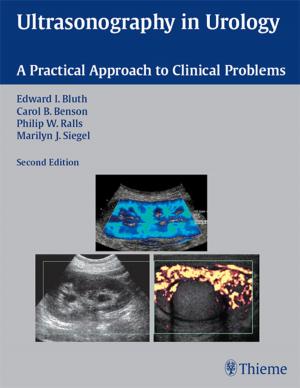Epiduroscopy
Atlas of Procedures
Nonfiction, Health & Well Being, Medical, Surgery, Neurosurgery, Specialties, Orthopedics, Anesthesiology| Author: | ISBN: | 9781626232679 | |
| Publisher: | Thieme | Publication: | August 30, 2017 |
| Imprint: | Thieme | Language: | English |
| Author: | |
| ISBN: | 9781626232679 |
| Publisher: | Thieme |
| Publication: | August 30, 2017 |
| Imprint: | Thieme |
| Language: | English |
Due to advances in spinal endoscopy, practitioners are now able to offer efficacious alternatives to open surgery to patients with low back pain, radiculopathy, and related disorders affecting the epidural space. Epiduroscopy enables surgeons to access, diagnose, and treat discogenic pain and spinal pathologies using minimally invasive techniques via direct visualization and focused intervention. Typically performed as a one-day outpatient procedure under local anesthesia, epiduroscopy provides a viable option to many patients suffering from low back pain.
Starting with the history of this procedure, the authors guide the reader systematically through relevant clinical indications, radiological anatomy, the pathophysiology of spinal pain, diagnostic modalities, and the use of specialized tools. Subsequent chapters detail specific conditions and approaches, histopathologic/microbiological findings, and patient assessment and outcomes.
Key Features
- Clinical pearls gleaned from years of hands-on experience, including preventing and managing complications.
- Online access to 46 step-by-step surgical videos and animations provides in-depth understanding of techniques.
- Nearly 600 high quality images, including procedural photos and medical illustrations delineate approaches.
- The use of epiduroscopy-assisted mechanical adhesiolysis, laser procedures, radiofrequency, analgesic and pharmacological therapy, ozone therapy, spinal cord stimulation, and more.
This is an essential resource for trainee and practicing physicians in the fields of neurosurgery, orthopaedic surgery, pain medicine, and interventional medicine.
Due to advances in spinal endoscopy, practitioners are now able to offer efficacious alternatives to open surgery to patients with low back pain, radiculopathy, and related disorders affecting the epidural space. Epiduroscopy enables surgeons to access, diagnose, and treat discogenic pain and spinal pathologies using minimally invasive techniques via direct visualization and focused intervention. Typically performed as a one-day outpatient procedure under local anesthesia, epiduroscopy provides a viable option to many patients suffering from low back pain.
Starting with the history of this procedure, the authors guide the reader systematically through relevant clinical indications, radiological anatomy, the pathophysiology of spinal pain, diagnostic modalities, and the use of specialized tools. Subsequent chapters detail specific conditions and approaches, histopathologic/microbiological findings, and patient assessment and outcomes.
Key Features
- Clinical pearls gleaned from years of hands-on experience, including preventing and managing complications.
- Online access to 46 step-by-step surgical videos and animations provides in-depth understanding of techniques.
- Nearly 600 high quality images, including procedural photos and medical illustrations delineate approaches.
- The use of epiduroscopy-assisted mechanical adhesiolysis, laser procedures, radiofrequency, analgesic and pharmacological therapy, ozone therapy, spinal cord stimulation, and more.
This is an essential resource for trainee and practicing physicians in the fields of neurosurgery, orthopaedic surgery, pain medicine, and interventional medicine.
